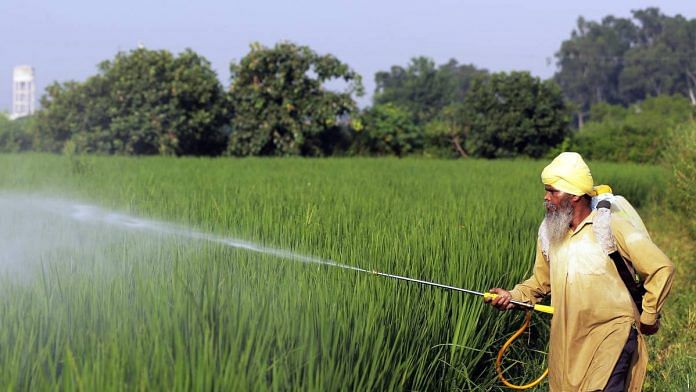Projections suggest that India will become the most populous country before 2025. This puts into question our food production capabilities. The Global Food Security Index (GFSI), which benchmarks 58 unique indicators measuring the drivers of food affordability, availability, quality, and safety for 113 developing and developed countries, ranked India at 71st position in 2021. This indicates what a pressing challenge food production is – and this is likely to increase with the growing population.
Macro trends across markets indicatehttps://theprint.in/environment/one-way-indian-g…n-vertical-farms/1168987/ a consumer preference for fresh and natural products that are healthy and locally sourced. Vertical farms have been proposed as an alternative to pesticide- and fertiliser-dependent farming, and technological advances have decreased the cost of production and made the concept commercially feasible. It’s estimated that there are already more than 2,000 vertical farms in the US. These farms can occupy spaces such as buildings or shipping containers, where they produce greater yields than traditional outdoor farming, and use 70 to 95% less water. A study conducted by the Indian Agricultural Research Institute (IARI) found that water and fertilizer savings of around 25% and 30% respectively were reported for various fruit crops in Delhi region through the drip fertigation system.
In India, Future Farms has successfully developed vertical farms, and Barton Breeze operates smart farms by collecting hundreds of data points at each of its units to project harvest data and calculate sales. Farm-in-Box has developed innovative packages for 15 day-old live micro-crops with roots clumped in a box which can be freshly harvested at any time. Several such farms are emerging near cities and are slowly serving the needs of urban dwellers. Hydroponically-grown vegetables can be spotted in major grocery stores, and on popular e-grocery platforms.
Vertical farms reduce dependence on pesticides and fertilisers
The use of pesticides severely affects human health and the environment. In India, farmers do not have adequate protective equipment and are often unaware of the safe usage instructions. Between 1995 to 2015, 18% of suicides in India were due to the consumption of pesticides. The highest number of cases was reported in the state of Maharashtra, where pesticides are used more than anywhere else in the country. After Kerala banned the usage of Endosulfan, a highly hazardous pesticide, in 2005 there was a lower-than-expected rate of pesticide suicide reported.
Vertical farms use less fertiliser than traditional farms, as it can be applied directly to the roots of the plants, with any wastage being recycled and recirculated. This can have significant implications in a country that has budgeted INR 1.05 lakh crore ($13 billion) of fertilisers for 2022/23. India is the largest global importer of urea, which has dramatically increased in price in recent years.
The costs of vertical farming
On the other hand, the capital expenditure required to set up a vertical farm is large. Depending on the specific requirements, the base price is usually around INR 60-70 lakhs ($72k-85k) for 1 acre of land and a fully automated unit may be as costly as INR 1.5 crores ($182k). Energy requirements may additionally reach up to 40% of the total operating expenses, and there is a risk of waterborne diseases.
To aid and support growers, India’s National Horticulture Board provides a credit-link subsidy for the development of commercial horticulture projects. The Agriculture Infrastructure Fund provides long-term debt financing facilities for setting up vertical farms.
This technology is still in its infancy, but it has the potential for a strong return in direct-to-consumer sales. The most significant addition to a vertical farmer’s income is that they can sell fresh produce off-season, as they control all ambient conditions to raise the crop. One study found that every dollar invested in off-season tomato production fetches revenues of $3.3 dollars, compared to a return of $1.7 in the high season. So there are economic and social reasons to invest in vertical farming.
This article was originally published in the World Economic Forum.
Also read: Who is to blame if a self-driving car crashes? Liability for accidents in AV hangs loose



